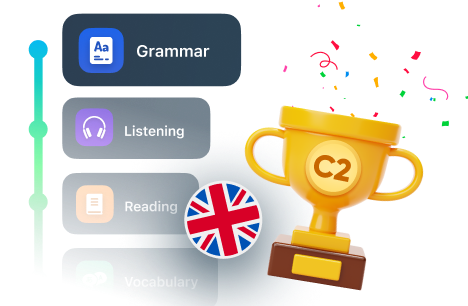
How to Use and Form Present Indefinite (Simple) Tense
Simple present is most commonly used when talking about things we do on a daily basis.
Out of all verb tenses in English, present indefinite tense, more known as present simple tense, is the most often used. As such, it’s only logical that English language students should learn it first.
Understanding it is crucial if you want to communicate effectively in English. This means knowing when to use it and how to form it. Therefore, we’ll explain everything you need to know about it and give you enough examples to understand this verb tense more easily.
Simple Present Tense—When to Use It?
Simple present is most commonly used when talking about things we do on a daily basis. This is why it’s often used with adverbs of frequency such as “sometimes,” “usually,” “always,” and “never,” or expressions like “once a month” or “every Thursday.” But the tense is not used in this instance only. Here’s when you should use it:
I always eat cereal for breakfast.
We don’t go to parties very often.
She works in the hospital.
They live in Tokyo.
Big cities are usually polluted.
Fire needs oxygen to burn.
I love swimming.
I feel awful.
I think you’re a great teacher.
Do you agree with him?
The ship sails away at 8 PM.
When does the exam start?
Go straight ahead until you reach the school.
Do you know where the post office is?
How to form the present simple
Notice from the above examples that the simple present tense formula involves using the base form of the verb. But when we refer to the third person singular (he/she/it), we add either -s or -es to the end of the verb.
I visit my grandpa every Sunday.
He visits his grandpa every Sunday.
We visit our grandpa every Sunday.
To form a negation, we add “do not” (don’t) or “does not” (doesn’t) before the base form of the verb. “Doesn’t” is used only for the third person singular.
I don’t want to draw.
She doesn’t want to draw.
They don’t want to draw.
To form a question, we start with “do” or “does,” followed by the subject and base form or root of the verb.
Do you travel often?
Does he travel often?
Do they travel often?
Want to check your knowledge of the Present Simple Tense?
Pass this test to see the results!
Rules for spelling
How to know whether you should add -s or -es at the end of the verb in the third person singular? Here are a few things to remember when it comes to spelling.
- If the base form of the verb ends in -ch, -o, -th, -z, -ss, -sh, or -gh, you should add -es.
She goes to school every day.
He always washes the fruit before he eats it.
- If the base form of the verb ends in -y that comes right after a consonant, you should switch the -y into -i and add -es.
She studies hard for the exam.
She always cries when she watches sad movies.
- But if the base form of the verb ends in -y that comes right after a vowel, then you should only add -s.
He never pays the bills.
She never plays tennis.
- When using the irregular verbs “to be” and “have,” you should use the correct form for each person and number.
I’m beautiful.
She is beautiful.
We are beautiful.
I have a new gadget.
He has a new gadget.
They have a new gadget.


















